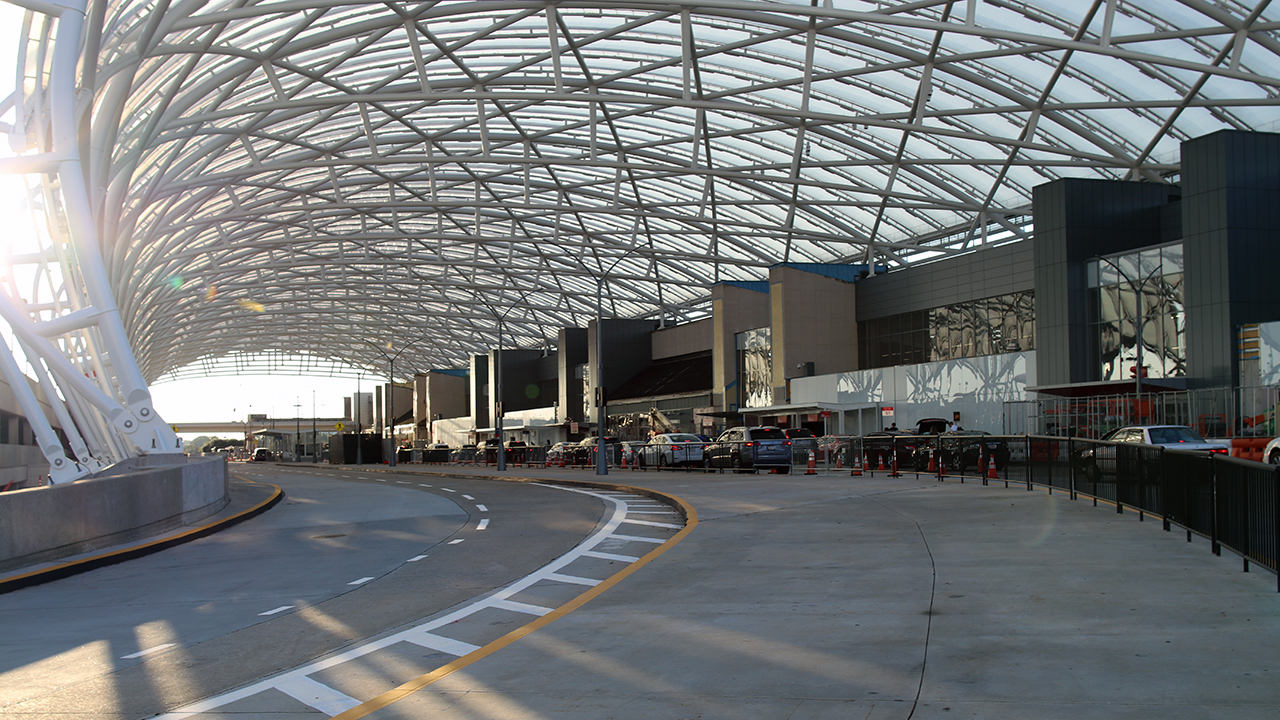News about the master plan update will be posted here regularly. Please check back frequently to learn about the project’s status.
January 2024
Current Project Status

The master plan update was initiated in early 2023 with facility inventory activities and the development of the aviation activity forecast.
The inventory task included updates related to the physical attributes and operational characteristics of the existing Airport facilities (airfield, terminals, roadways, parking, etc.). This information will be used to determine the existing system’s capabilities and whether it can accommodate future demand.
Aviation activity forecasts were developed for the 20-year planning horizon (e.g., through 2043) to help assess the facilities’ capabilities and define the requirements for future facilities. Forecasts were prepared for the various categories of enplaned passengers and aircraft operations on an annual basis for 2028, 2033, and 2043. These annual forecasts were used to develop design day flight schedules representative of the average weekday of the peak month, which provides the means of assessing existing facilities’ limitations and future facilities’ needs. The aviation forecast demand is currently being reviewed by the Federal Aviation Administration for use in the master plan update.
The demand/capacity and facility requirements analysis initiated in September 2023 to define future facility needs and assess existing facilities’ ability to meet future aviation demand. The five areas of the Airport under analysis include the airfield, landside components (roads, curbs, parking), terminal and gates, people mover systems, and support functions. Based on this analysis, the “gap” between existing facility capabilities and future facility needs is defined and will provide the basis for the identification of development concepts and alternatives in subsequent master plan update tasks.